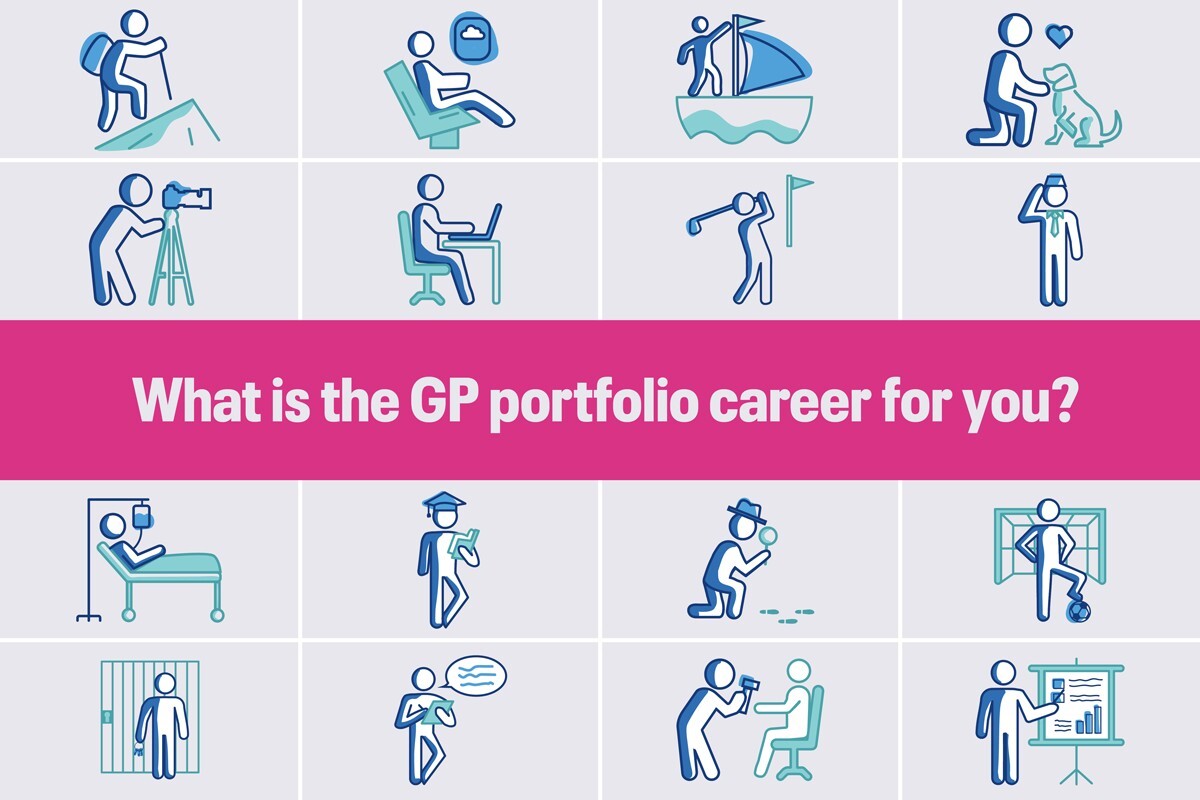Spotting gastric cancer – how age must not lead us astray

Under the radar: Continuing our series exploring diagnoses that might be missed in primary care, Dr Sharon Viner describes a case of abdominal pain, vomiting and constipation in a young adult under 50 whose age could potentially have delayed investigation for upper gastrointestinal cancer
Note details of the case have been changed to ensure anonymity
A 44-year-old male smoker presented with a 6-month history of upper abdominal pain. The pain did not radiate anywhere and was associated with vomiting, a reduction in appetite and bloating. He also complained of constipation and an episode of rectal bleeding. There was no weight loss, dysphagia or haematemesis. Examination was unremarkable with a soft, non-tender abdomen, no masses or organomegaly and a normal rectal examination.
The patient was referred to gastroenterology on a 2-week-wait pathway for abdominal pain, reduced appetite, vomiting, unexplained rectal bleeding and a change in bowel habit. FIT testing and bloods were requested including a coeliac screen.
FIT and blood results came back normal and the patient was assessed by the lower gastrointestinal service who arranged a colonoscopy. Colonoscopy revealed colonic polyps which were found to be benign. The patient was subsequently discharged from the service.
The patient re-presented to his GP 15 months later with vomiting which had persisted since his first presentation. He complained of stomach pain and loss of 1 stone in weight within a 2-month period. On examination there was thought to be a palpable mass in the epigastrium. The patient was again referred urgently to gastroenterology for the new finding of epigastric mass. Bloods showed a low ferritin, suggesting reduced iron stores although haemoglobin was normal. All other bloods were normal apart from a borderline folic acid.
A CT chest, abdomen and pelvis was performed but did not detect any abnormalities. The patient underwent a gastroscopy which revealed a Grade B oesophagitis with the presence of stomach and duodenal ulceration. The patient was managed with high-dose PPI therapy. In addition, he was found to be urease positive and was commenced on eradication therapy for H pylori. Unfortunately, the biopsy revealed a poorly differentiated gastric adenocarcinoma.
A subsequent staging CT thorax, abdomen and pelvis was discussed at the upper gastrointestinal MDT and the tumour was staged as T2/3N1, M0. The patient underwent chemotherapy in the following months followed by a total gastrectomy and post-surgical chemotherapy. Although he had undergone life-changing surgery he remained relatively well with a good prognosis. Without a fast-track referral at the second presentation, the prognosis would have been less than 6 months of life.
Gastric cancer is potentially curative with surgery and chemotherapy. However, without early diagnosis and treatment most patients do not survive more than 6-12 months. Consequently, the majority of patients present with incurable disease requiring palliative management.
What features of the history are important in diagnosis?
Gastric cancer can present with a variety of symptoms that can easily be mistaken for benign conditions such as dyspepsia. Furthermore, acid suppressants may hide symptoms of gastric cancer. In the later stages, patients may present with more severe symptoms such as unexplained weight loss, persistent nausea or vomiting.
Selecting patients for endoscopy using alarm symptoms alone will still miss over half of patients with gastric cancer.1 Examination findings such as a dilated stomach or an abdominal mass may only be evident in the later stages of the disease and may be absent.
Patient risk factors include chronic H pylori infection, cigarette smoking, high alcohol intake, high salt consumption, pernicious anaemia and genetic syndromes such as Lynch syndrome.
How is gastric cancer diagnosed?
Blood tests may initially be performed by the GP. However, there may be no significant abnormalities or clues with blood tests alone, as in this case. In this case it is also important to note that a CT chest, abdomen and pelvis was reported as normal during the initial investigations of the epigastric mass.
The standard diagnostic approach is upper gastrointestinal endoscopy and biopsy which led to the diagnosis in this patient.
Who should be referred urgently according to NICE?
NICE2 states we should consider an urgent suspected cancer pathway referral for people with an upper abdominal mass consistent with stomach cancer.
It says GPs should also use the urgent suspected cancer pathway to assess for stomach cancer in people with dysphagia or those aged 55 years and over with weight loss and any of the following: upper abdominal pain, reflux or dyspepsia.
In addition, GPs should consider non-urgent direct access upper gastrointestinal endoscopy to assess for stomach cancer in people with haematemesis.
Reflections
A patient’s age can influence who is referred on an urgent suspected cancer pathway. General practitioners cannot refer every patient they see and the history and risk factors must be considered. Although gastric cancer is rare in adults younger than 45 years3 and peaks in the 7th decade of life, this case highlights why we still need to keep an open mind with younger patient populations.
NICE guidelines would not support referral of this case (at the initial presentation) on an urgent pathway based on the patient’s age. However, cases that have a higher level of suspicion by the clinician should be referred, as shown in this case.
The patient had initially presented to the GP with multiple gastrointestinal symptoms and was fast-tracked to gastroenterology due to a collection of symptoms – rectal bleeding, a change in bowel habit, stomach pain, vomiting and reduced appetite. At his referral appointment, the rectal symptoms where fully investigated with a colonoscopy, benign polyps found and the patient discharged. So although the bowel symptoms were thoroughly explored, the upper gastrointestinal symptoms were not. At the time of the initial referral, it was the referring doctor’s expectation that the patient would be investigated for both their upper and lower gastrointestinal symptoms. As a consequence, symptoms had been present for over 12 months prior to their cancer diagnosis being made.
What happens after a referral is made and how the patient is managed by secondary care is key to uncovering such important diagnoses. Safety netting patients who are referred on for possible outcomes is important, as is thorough evaluation of the collection of symptoms during the first presentation by both primary and secondary care physicians.
In theory, the hospital should have investigated both the upper and lower GI symptoms as these where emphasised on the initial referral letter. It would be dysfunctional to make two separate referrals – to upper and lower GI simultaneously. However, we should be mindful that hospital departments are increasingly ‘siloed’ and may not ensure oversight of each referral. Therefore, an additional safety net could be for the referring GP to set a reminder to follow up at 1-2 months to confirm all necessary investigations were completed.
Dr Sharon Viner is a GP in Halton, Cheshire
References
- Stapley S et al. The risk of oesophago-gastric cancer in symptomatic patients in primary care: a large case-control study using electronic records. Br J Cancer 2013 Jan 15;108(1):25-31
- NICE. Suspected cancer: recognition and referral. [NG12] 2015; last updated 1 May 2025
- Ilic M, Ilic I. Epidemiology of stomach cancer. World J Gastroenterol 2022; 28(12):1187-1203
Portfolio careers
What is the right portfolio career for you?

Visit Pulse Reference for details on 140 symptoms, including easily searchable symptoms and categories, offering you a free platform to check symptoms and receive potential diagnoses during consultations.













